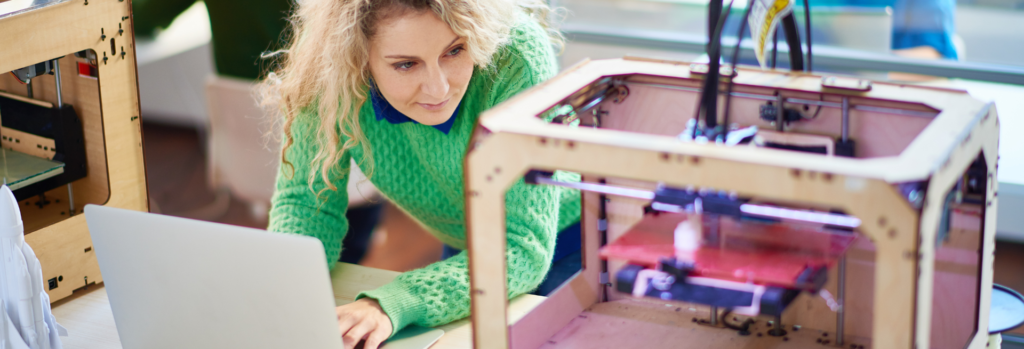Summary of Provincial Budgets 2024: Ontario & Quebec
Provincial governments are slowly unveiling their provincial budgets outlining fiscal strategies ...

3D printing technology is a technology that helps us to create objects in an easier manner without going through the complex processes that previously existed. Throughout the history of mankind, inventing and conceiving objects was deal breaker for the human survival. From making hunting tools to, nowadays, modern farming, we can’t help but to create – this is mostly because of a necessity or for a certain desire.
This article tackles 2 main questions about 3D printing: How will 3D printing shape industries and other aspects of manufacturing? And what does the future of 3D printing hold? Here are 4 predictions:
Nowadays, companies are trying to find new ways to incorporate the 3D printing technology to their processes. In the automotive industry, 3D printing has became widely used to make molds and thermoforming tools, rapid manufacturing of grips, jigs, and fixtures. This permits car makers to produce samples and tools at low costs and to eliminate expensive and long lead-time CNC production. Furthermore, the technology is scalable to other automobile applications, so the next futuristic for both the technology and the industry will be to maintain this momentum and work towards enabling more applications on a larger scale.
The dental industry is already producing several parts such as surgical guides, crowns and dental aligner moulds using the 3D printing technology. However, the technology has the potential of becoming the leader production process for dental parts and devices.
A report by SmarTech Analysis shows that 3D printer sales in the dental industry will exceed sales of machining hardware by 2025, and the technology will become the leading production method for dental restorations and devices worldwide by 2027.
The development of resin-based 3D printing technologies like SLA, DLP, and material jetting is what is causing this change. Custom dental equipment with great surface quality and fine feature detail can be quickly created using resin-based 3D printers. These capabilities can help the dental sector since dentists can offer their services more quickly and more affordably.
We’ll witness far more competitive volatility as a result of a crowded field in the upcoming years.
The additive manufacturing (AM) market is becoming more and more competitive as more companies enter the market. A rising number of start-ups and well-established businesses from industries other than additive manufacturing are moving into the 3D printing market in an effort to profit from its expansion. In fact, more than 80 3D printing firms have been recognized by AMFG’s Additive Manufacturing Industry Landscape 2019, with the majority having emerged in the last five to ten years.
The industry’s players will need to reinvent themselves as competition increases in order to survive. Several steps in this regard have already been taken. For instance, Ultimaker, a US firm leading in the 3D printing industry, recently underwent a rebranding effort to enhance its reputation as a B2B 3D printing company; Formerly a community-based marketplace for 3D printing and 3D Hubs and now recently moved its emphasis to the B2B industrial space.
Explore our latest insights
More arrow_forward
Provincial governments are slowly unveiling their provincial budgets outlining fiscal strategies ...

Recently, Canadian representatives attended COP27 to discuss the actionable steps to implement to...

Human-Machine Collaboration has become an essential part of the manufacturing industry. This coll...

Recent announcements demonstrate that the SR&ED program is now under review. The government w...